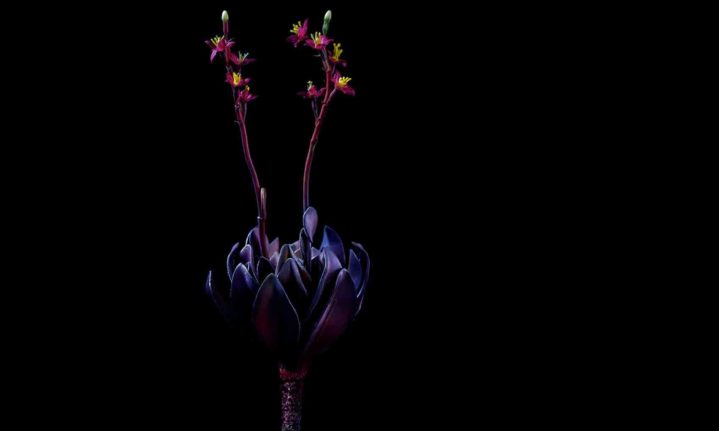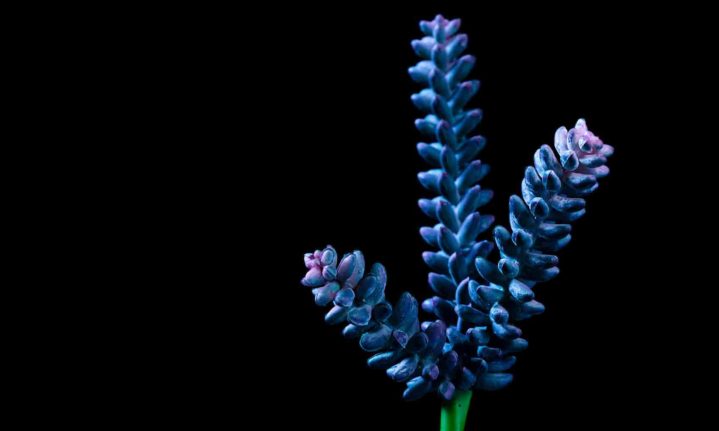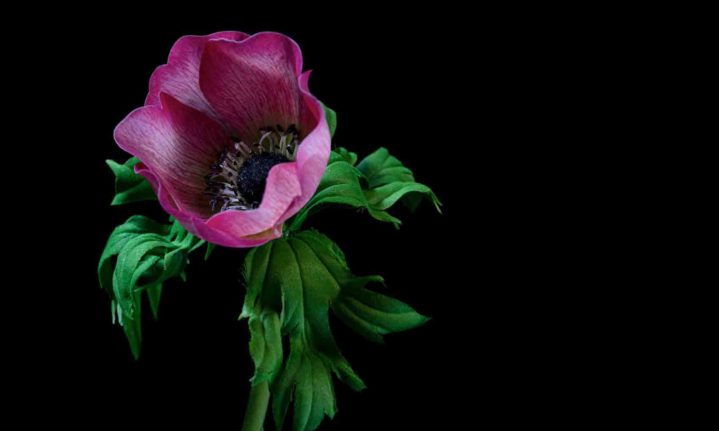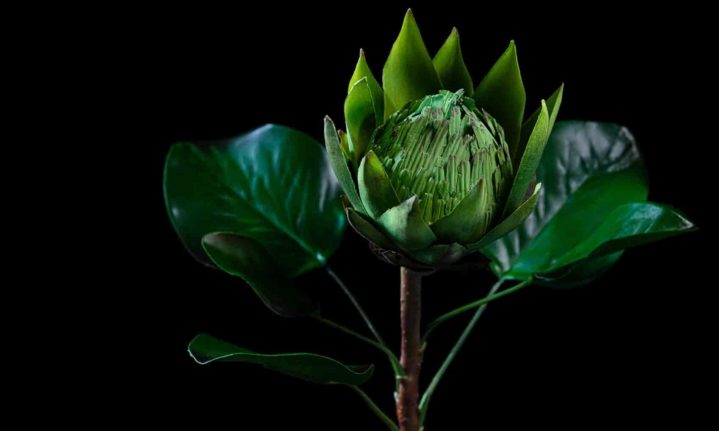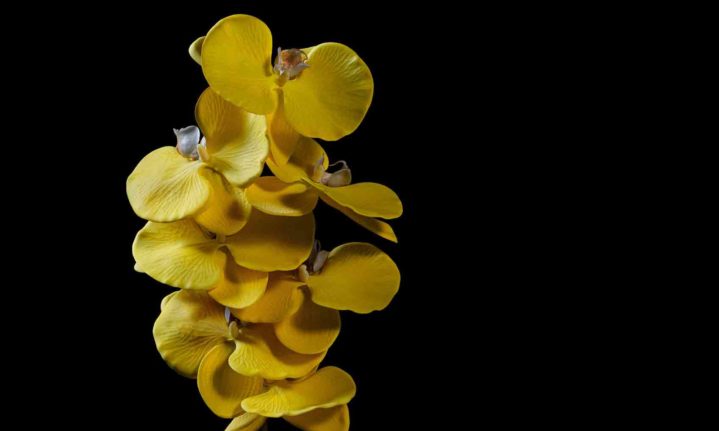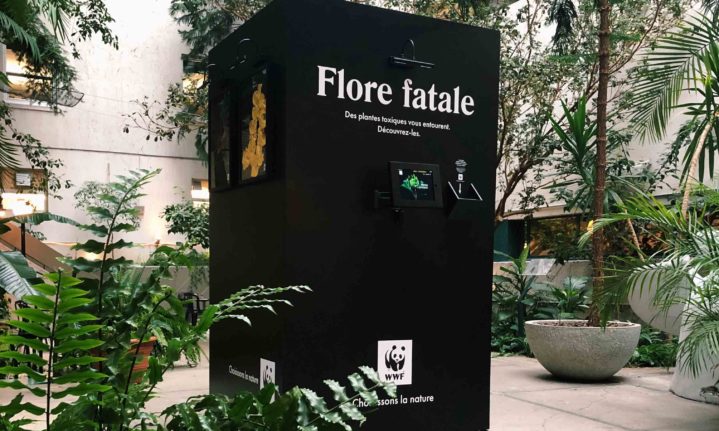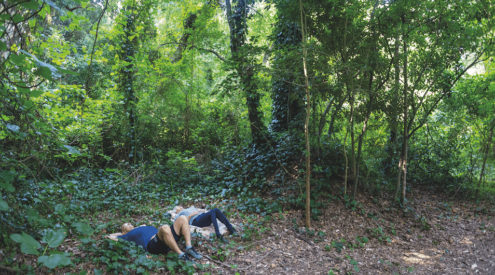Canada’s World Wide Fund for Nature (WWF) has just launched a campaign called Flore Fatale (Deadly Flora), to raise awareness about how toxic these fake plants are and the damage they inflict by sitting pretty…and not biodegrading for thousands of years.
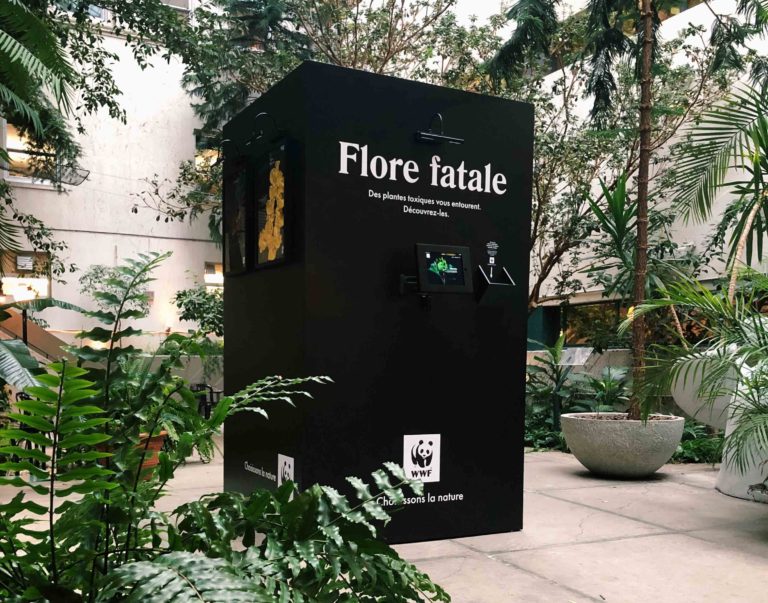
The Flore fatale installation at Cégep de Maisonneuve in Montréal, Canada. Its indoor botanical garden has real plants, by the way. Image: WWF Canada.
Have you ever been offended at the sight of fake, potted cacti and phoney blooms when sitting down at your table at a cafe, or checking into a hotel room? You’re not alone, and they’re not only offensive to flower-lovers or those who want the real thing.
But while fake, plastic plants and flowers may be convenient and cut down on spending money or time on maintenance or replacements, they’re a burden to the environment and do not bode well for biodiversity, according to the 2017 Living Planet Report Canada.
‘Plastic plants are growing in popularity, yet ironically, they imitate nature with the material that’s killing it.’ – WWF Canada
Through a visual installation and series of posters, the WWF’s campaign invites you engage showing off close-up shots of very beautiful but completely fake flowers with accompanying facts about the damage they cause to the environment.
WWF Canada has the real scoop on these pretty, plastic imposters. Are you familiar with any of these toxic ‘varieties’?
Herba immitatus
While its real-world counterpart will replenish natural ecosystems, says the WWF, this species will go straight to a landfill.
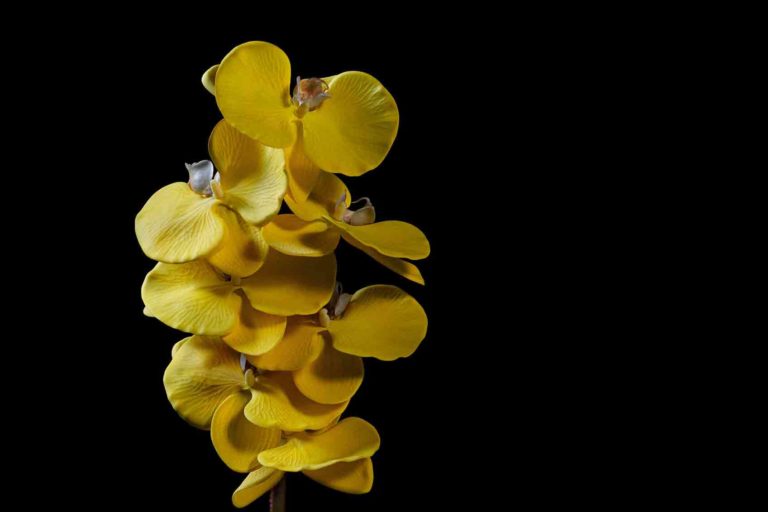
Polyvenoma
It cannot grow in greenhouses, yet it emits gases of the same name.
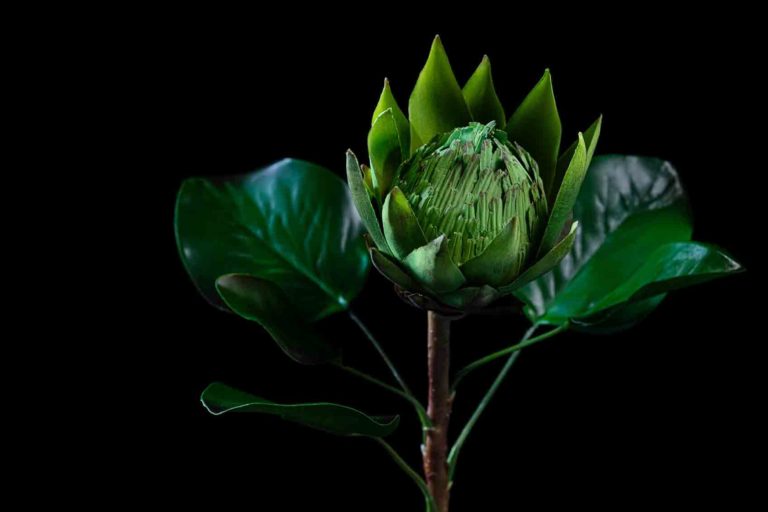
Lilypolyum
Countless gallons [litres] of water are used to manufacture this thirsty plastic plant.
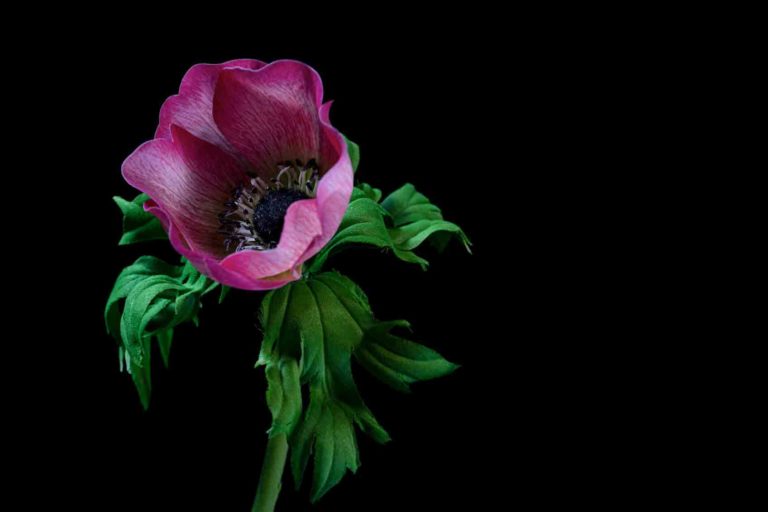
Pseudotigea
It’s inedible, yet it’s responsible for 52,000 microplastic particles that could be consumed by humans every year.
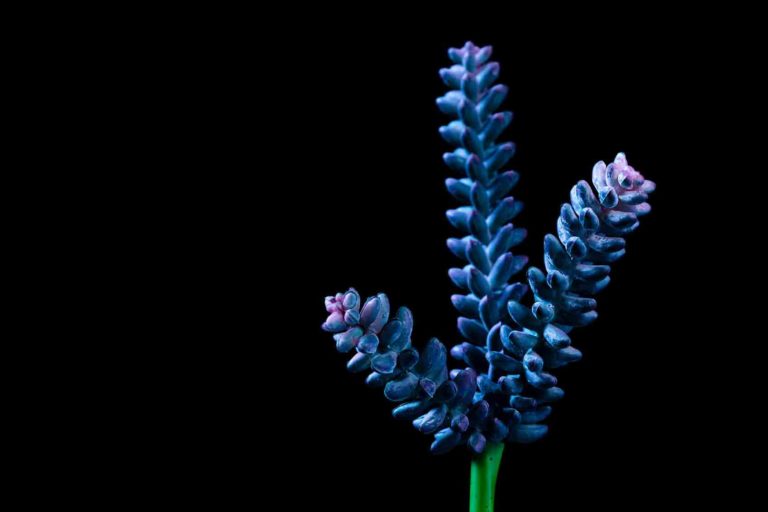
Antropa polyethylene
It takes 1,000 years to slowly decompose.
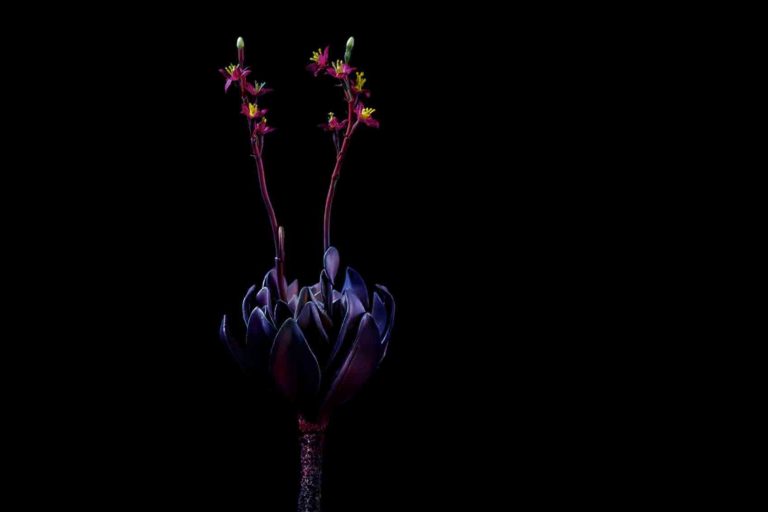
Saturapoly
It survives in extreme environments such as the stomachs of beluga whales.
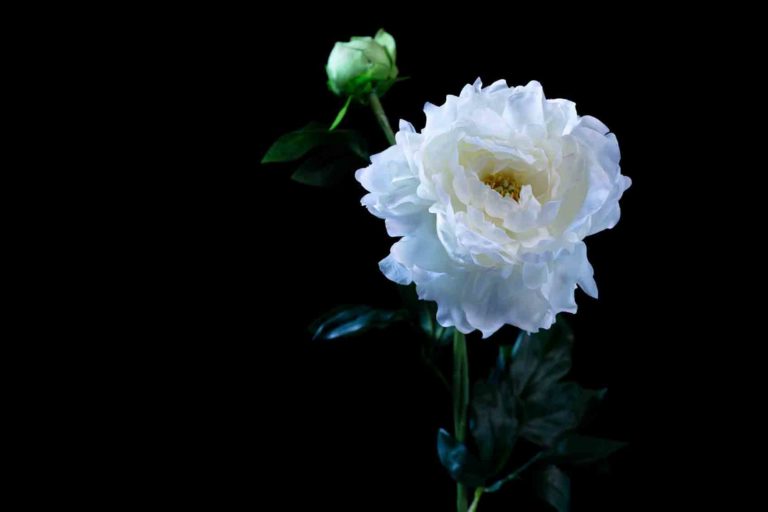
All images by WWF Canada/Taxi Montreal









